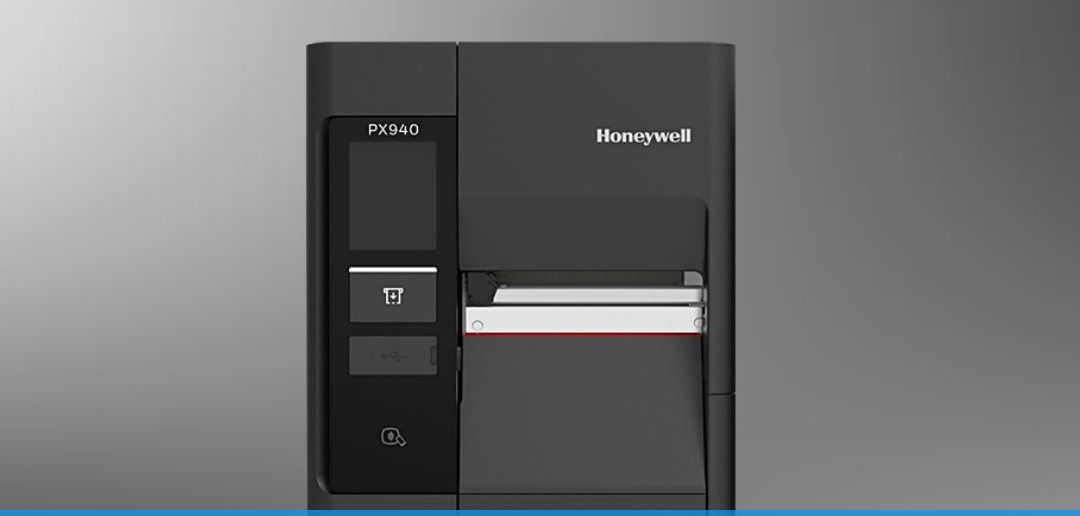An outsider looking in may not guess how much actually goes into operating a retail warehouse. They may have outdated views of simple storage locations for goods, and now understand how deeply warehouse operations affect the global supply chain. As a retail warehouse operator however, you are well-versed in the complexities and challenges that run rampant within the warehouse.
Operating a retail warehouse is by no means easy, but it can be made easier with the right strategies and tools in place.
Here are a few ways you can improve retail warehouse efficiency and reduce costs:
Improve Warehouse Processes, Reduce Costs
Do you have a set of best practices for your warehouse and your workers to follow? Do you stick to them? Warehouses are not immune to growing pains that come with any expansion, and over time, processes can get muddled. It’s important to revisit and update processes when you need, especially to accommodate for growth.
Start by conducting an operational audit and see whether or not processes are completed in an appropriate timeframe. If not, try to identify any bottlenecks that may be hampering your efficiency.
Improve Supply Chain
Create an inbound and outbound freight schedule for the best workflow of dock employees, and schedule purchase orders to create the best workflow. If your schedules are jam-packed in the mornings and evenings, but slow in the middle, workers are not being utilized during that time, which costs you money. You can eliminate this by optimizing both freight schedules and shift schedules.
Optimizing your schedules won’t improve retail warehouse efficiency enough on its own, however. You need to incentivize your workers. Create a system of incentive pay—especially for pick and pack employees to help speed up some of the processes in your retail warehouse.
Upgrade Technologies
Old, obsolete technologies won’t help you create a more efficient retail warehouse. The only way forward is to adapt and leverage the advancements that warehouse technology has made. Unreadable barcodes can cause heavy fines and chargebacks to be levied against you. You can safeguard against this by implementing a barcode verification system.
There are a number of factors that can cause unreadable barcodes, like labels being printed at the wrong temperatures, low contrast, quiet zone violations, and more. Barcode verification ensures each barcode is readable before packages leave the retail warehouse. Upgrade to Honeywell’s PX940 high-performance industrial printer, with integrated label verification technology providing error-free printing.
Upgrade Management
The same way obsolete technology holds you back, the way you manage your technology can deeply affect your success. While you may not have the bandwidth to plan, deploy, evaluate and ready the systems in your retail warehouse on your own, you can benefit from managed services that will handle these tasks for you.
Conclusion
For a retail warehouse to reach maximum efficiency and productivity, each cog in the machine needs to be well-calibrated and working in tandem with the others. Analyze the processes in your warehouse that you can improve internally and create a plan to remove bottlenecks and optimize workflow. It may require a simple solution like updating the processes you currently have in place to be more efficient. For even more efficiency, you may need to consider upgrading your technology and how you manage it.
Informs, Inc. offers a wide range of solutions designed to help retail warehouses operate more efficiently and cost-effectively, as well as a number of managed services to help you get the most out of your technology.
Interested in learning more about our products and services? Contact Informs today.


Recent Comments